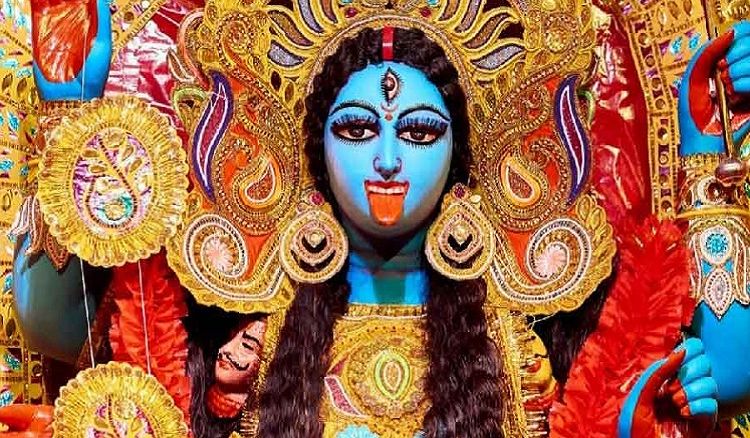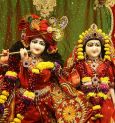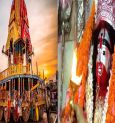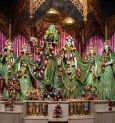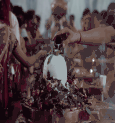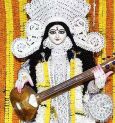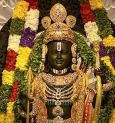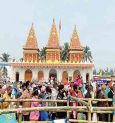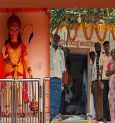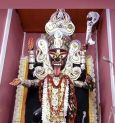Every year, as Kali Puja approaches, the entire city comes alive with anticipation. Kali Puja, the worship of the fierce goddess Kali, is a significant religious event in Bengal, celebrated with fervour and devotion. In Balurghat's Raghunathpur-Kalikapur area, there's a unique and intriguing form of Kali Puja known as Tarakali Ma Puja. This celebration is deeply rooted in history and offers a captivating glimpse into the region's cultural tapestry.
Tarakali Ma Puja, also known as Tarakali Puja, is distinctive because it involves both the worship and immersion of the goddess on the same night, accompanied by the presence of stars. This is in stark contrast to the traditional practice of housing the deity within a temple. Local residents enthusiastically participate in this extraordinary tradition, making it a highlight of the Kali Puja season in Balurghat.
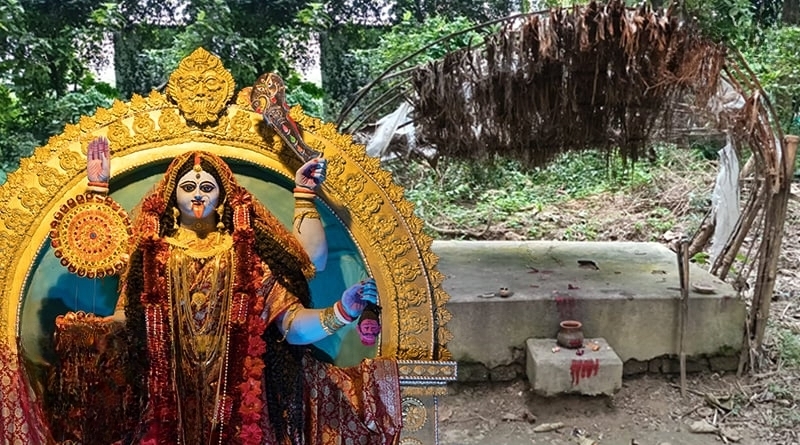
So, what is the history behind this unique tradition? It is said that centuries ago, dacoits used to offer worship to Kali before embarking on their criminal expeditions. They believed that by performing this ritual, their wrongdoings would be absolved, and Kali would protect them. After the night's worship, they would immerse Ma Kali on the same night.
Today, Tarakali Ma Puja is no longer limited to dacoits. The local community, including common people, actively participates. The traditional practice involves raising funds through donations, and during the puja, the idol is placed in an open pavilion covered by a temporary roof made of straw. At the culmination of the ceremony, this roof is removed to signify the immersion.
One interesting aspect is that, in this tradition, the goddess Kali is worshipped in a Vaishnavite manner, reflecting the diverse religious practices found in Bengal. This fusion of different beliefs and customs makes Tarakali Ma Puja a truly inclusive and unique event.
As the years have passed, the exact time for starting Tarakali Ma Puja has become shrouded in mystery. This tradition has been cherished for generations, and locals share stories of dacoits turning to Kali Puja for spiritual guidance and protection before their criminal acts.
In the past, various ancient pujas in Bengal had dwindled due to societal changes and the absence of participants. It was during this time that the tradition of dacoit worship was transformed into ‘Barowari Puja’ or among local Puja which translates to community worship. This transition allowed the custom to evolve and become accessible to a broader range of people.
Tarakali Ma Puja in Balurghat is a unique and historically significant form of Kali Puja. Its transformation from dacoit worship to a community celebration exemplifies the dynamic nature of Bengali culture. This tradition continues to thrive and captivate the hearts of the local community, preserving the rich history and beliefs of the region while embracing new forms of worship.
 বাংলায় পড়ুন
বাংলায় পড়ুন


